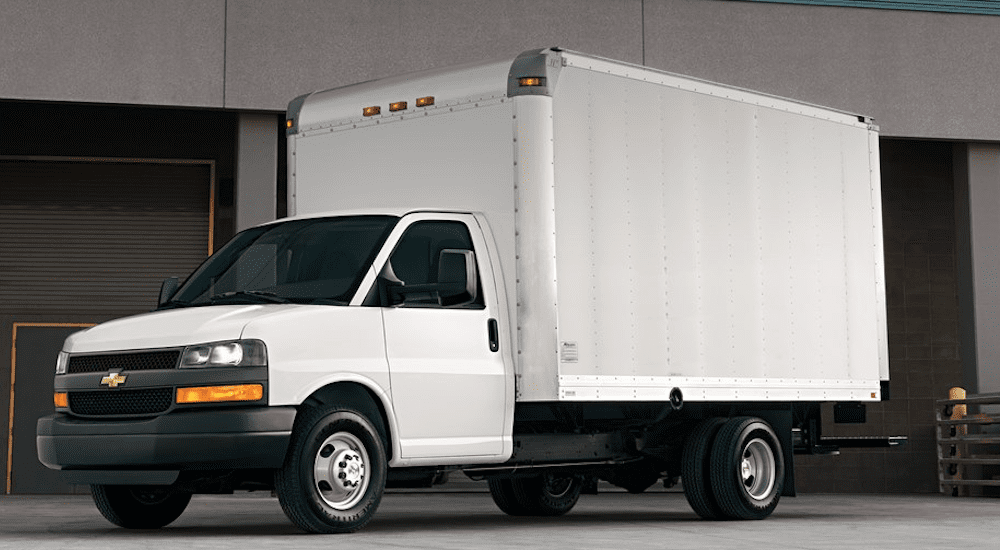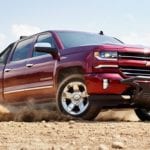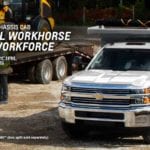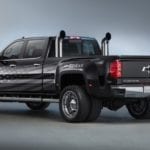A box truck is a quirky-looking vehicle. But what you might not know is that they are as versatile as they are interesting to look at. One of the most interesting things about box trucks is that they are being reformatted in many different ways. Not every box truck is meant to be a U-Haul, some have grander, more exciting futures.
Box trucks are easily recognized by their ‘box’-shaped design. But the box truck has been given many lovingly appointed nicknames as of late: the box van, the cube truck, or even the cube truck van. My favorite nickname: the rolling toaster. I think that would even be a great name for a food truck, which is fitting since that is what many box trucks are becoming.
Food trucks are a very popular craze and one that isn’t going anywhere. If you haven’t been to a local food truck fest or stopped at a local food truck, I highly recommend it! They not only have a great business model, but they are doing food right. I’ve never been disappointed. Many of them do street fare, but many do the best handheld portable gourmet food around.
Have you ever considered that you might give it a go? Did I just suggest you build your own food truck? True, it’s no doubt a difficult undertaking, but if done right, could be a very exciting business venture that makes you the envy of all of your friends. Experts say it helps to have engineering experience, specifically in mechanical engineering. You might be intimidated by that, but think, maybe you have a friend and eventual business partner who has that know-how.
In a box truck, the cab is separate from the cargo space, but the good news is one is easily accessible to the other. This makes for the easy insertion of a door that opens up into a cooking area. Which is all you really need for a food truck. Just kidding, there is a lot more to it than that. If you feel like you can roll up your sleeves and take this on, here are five steps to building a DIY food truck from a standard box truck that you can pick up at any local dealer.
Determine Your Equipment
The first thing you want to do is start brainstorming. Envision the direction you want to go and go for it! What type of food and/or drinks will you serve? This will determine the kind of layout and equipment you will require. Know that you will need all of your kitchen equipment such as a freezer and or fridge, a way to heat up your food (i.e., microwave, heat lamp, etc.), and an area to clean up with running water and a sink. Yeah, it’s a lot, but if you know what you are doing, it could turn out really great.
Envision Your Layout
Think about the layout of your eventual food truck. Come up with a blueprint design of where all of your kitchen equipment will go and how it will piece together. The food prep must be efficient. Customers of food trucks appreciate quick service. And for you, quicker service means more profit.
Buy Your Truck
So, what you envision seems feasible, and you are ready to take that all important first step of purchasing the vehicle. The good news is if you go to a reputable dealer, instead of just buying a dirty old school bus, you won’t have to do much cleaning and other early preparation. Also, a reputable dealer will inspect the vehicle thoroughly before they hand it over to you.
Create Your Layout
With a brand-new box truck from a dealership, there are two big headaches eliminated. Many other vehicles will need the extraction of what’s in the back to make enough space, but with a box truck, all of that is already gone. Also, many trucks/vehicles don’t open from the back easily. Box trucks do, which makes for much easier equipment installation.
First thing to install is a “non-flammable” door that separates the cabin from the cargo unit. That’s required by law. Also, you have to determine where your outlets and fixtures will safely go, another code requirement. Determine the position of your propane tank and generator, which will be the main source of your power. Once you have these things figured out, you can start all of your electric hookups and wiring.
Begin Your Installation
First step is to create that all-important service window, by cutting one out. Typical size is 4×3 feet. Next, cut a vent in the roof of the cargo space for the A/C unit-it gets hot back there! With a box truck, you won’t require much refinishing or insulation. The floor of the truck already being refinished. And then the installation of all of your necessary kitchen equipment. The finishing touches should ensure that you have had all of your work inspected and it’s up to code. You’re going to want to test that generator, and all of the plumbing equipment to make sure it’s right as rain. The best way to ensure you are doing everything right is to get in touch with other food truck entrepreneurs to talk shop and ask questions others couldn’t answer for you.
A pro-tip that you will want to know: get in touch with designers of car-wraps. This is great for visual appeal and a great marketing tool. This can be the most fun and exciting step, and it’s something you typically want to leave to the experts, so they can do it right.




